In recent months, the iconic Pink Mosque of Iran, also known as Nasir al-Mulk Mosque, has garnered attention not only for its breathtaking stained-glass windows but also for its increasingly strict dress code enforcement. Located in Shiraz, this architectural marvel attracts thousands of tourists each year, drawn by its kaleidoscopic play of light at sunrise. However, visitors are now being met with heightened scrutiny over their attire, a shift that has sparked both confusion and frustration among international travelers.
The mosque’s administration has quietly tightened its clothing regulations, particularly for women, though men are not exempt from the rules. Female visitors are expected to wear a full-length chador (a loose cloak) provided at the entrance, with no tolerance for scarves or coats deemed insufficient. Men must avoid shorts and sleeveless shirts, adhering to long pants and modest tops. While these guidelines are not new, the rigor with which they are being enforced has caught many off guard. Reports from travelers indicate that even minor deviations—such as a sliver of ankle showing beneath the chador—can result in denied entry.
Why the sudden strictness? Local authorities attribute the crackdown to a broader cultural preservation effort, emphasizing the mosque’s status as an active place of worship rather than merely a tourist attraction. "We’ve noticed a decline in respect for the sacred space," one official remarked, citing instances of visitors treating the site as a photo-op backdrop rather than a religious monument. The move aligns with Iran’s conservative dress codes, but the abruptness of the enforcement has left little room for adjustment. Tour operators, who previously offered leniency advice, are now scrambling to update their guidance.
For travelers, the changes demand careful preparation. The provided chadors are often heavy and challenging to keep in place, especially during extended visits or photography. Women are advised to wear long-sleeved shirts and full-length skirts or pants underneath to avoid accidental exposure. Men should forgo any clothing that might be construed as casual. Footwear is also subject to inspection; open-toed sandals are discouraged, though not explicitly banned. The mosque’s staff, once lenient with gentle reminders, now patrol the premises with a sharper eye, correcting violations on the spot.
The impact on tourism remains uncertain. While some visitors accept the rules as part of the cultural experience, others feel the measures detract from the site’s accessibility. Social media has amplified these mixed reactions, with posts ranging from respectful compliance to outright indignation. "I came for the beauty, not a dress rehearsal," one frustrated tourist commented online. Conversely, proponents argue that the rules foster deeper respect for local traditions, urging travelers to view the mosque through a lens beyond aesthetics.
Navigating these expectations requires a blend of awareness and adaptability. Tourists are encouraged to research dress codes thoroughly before arriving, packing conservative clothing options even if they plan to use the provided chador. Early morning visits, when the light is most spectacular, now come with an added layer of preparation. The mosque’s allure is undeniable, but its evolving policies underscore a tension between preservation and accessibility—one that every visitor must now weigh before stepping into its radiant halls.

By Emily Johnson/Apr 11, 2025
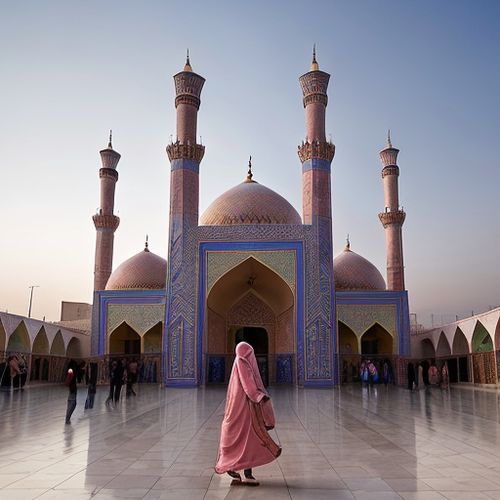
By William Miller/Apr 11, 2025
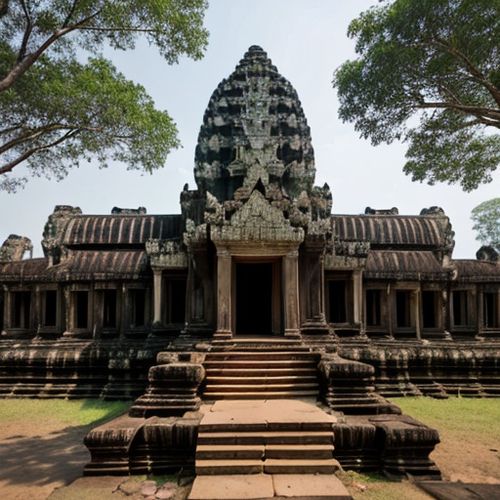
By Benjamin Evans/Apr 11, 2025
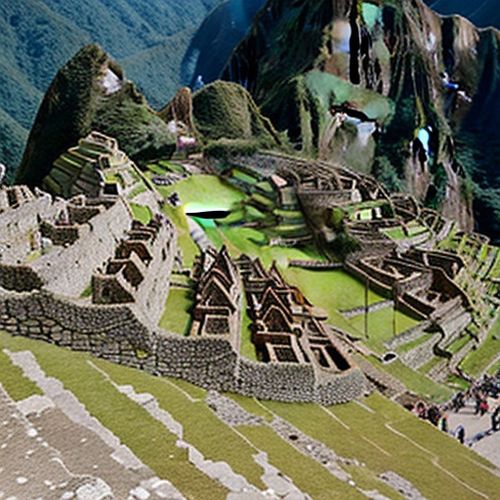
By Grace Cox/Apr 11, 2025
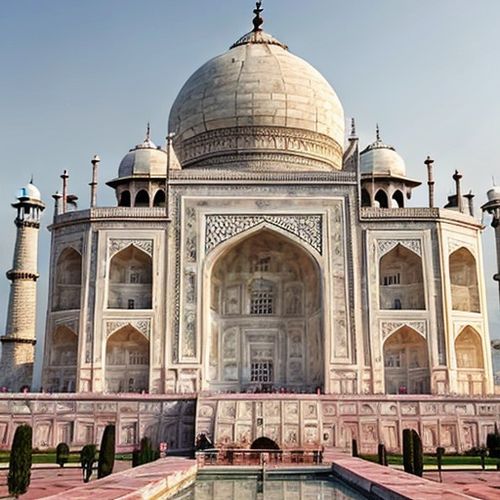
By Amanda Phillips/Apr 11, 2025
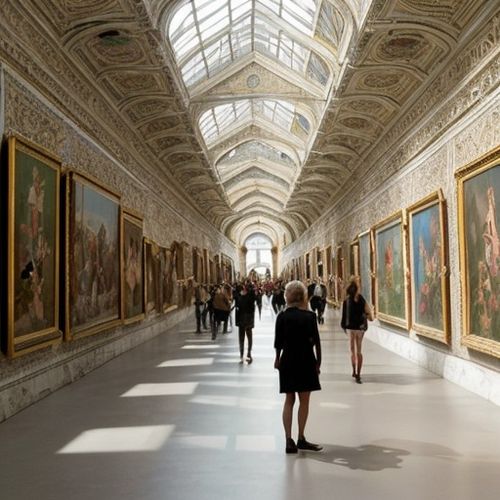
By James Moore/Apr 11, 2025
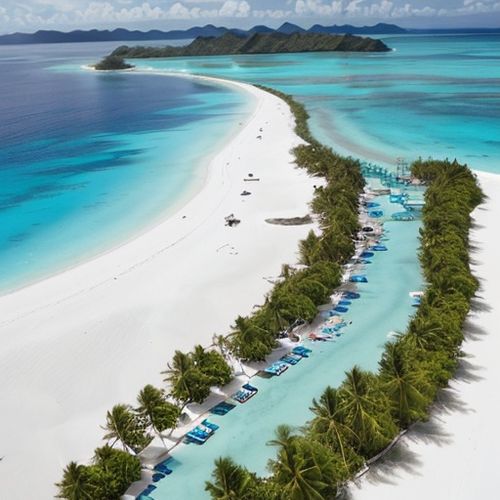
By Natalie Campbell/Apr 11, 2025
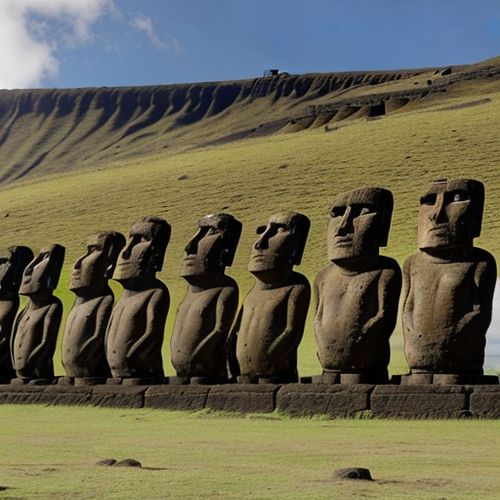
By Eric Ward/Apr 11, 2025
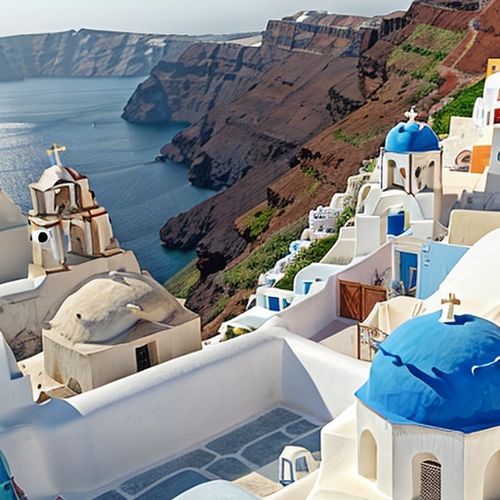
By James Moore/Apr 11, 2025

By Emily Johnson/Apr 11, 2025
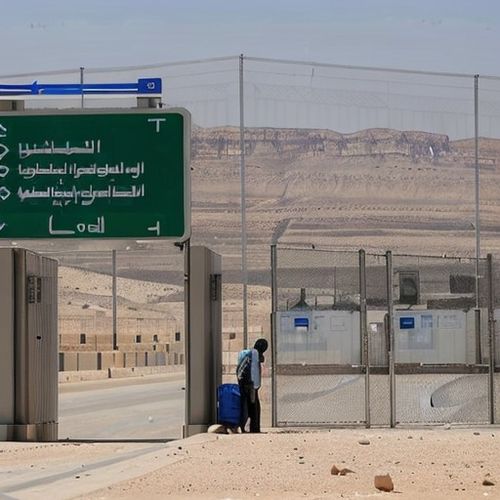
By Christopher Harris/Apr 11, 2025
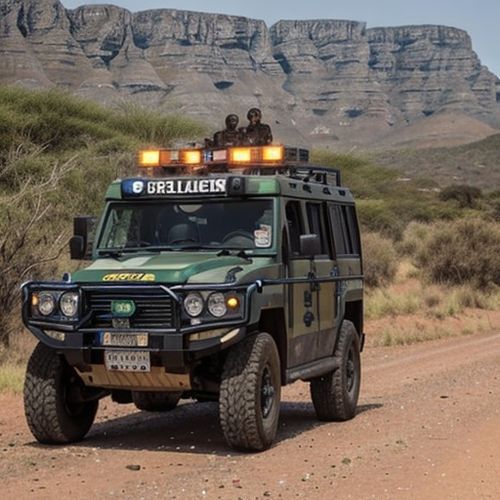
By Michael Brown/Apr 11, 2025
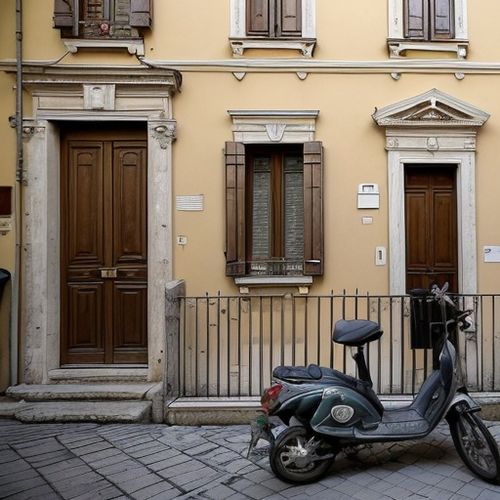
By Rebecca Stewart/Apr 11, 2025
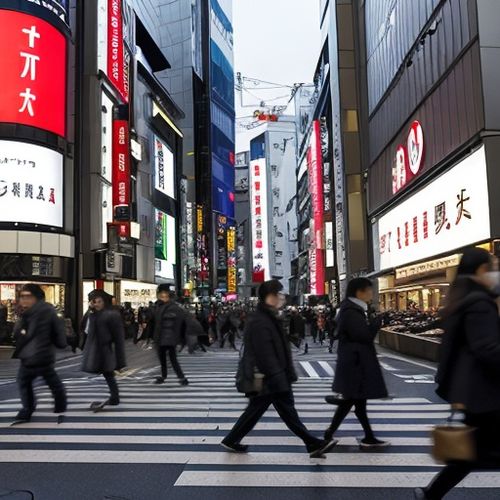
By John Smith/Apr 11, 2025
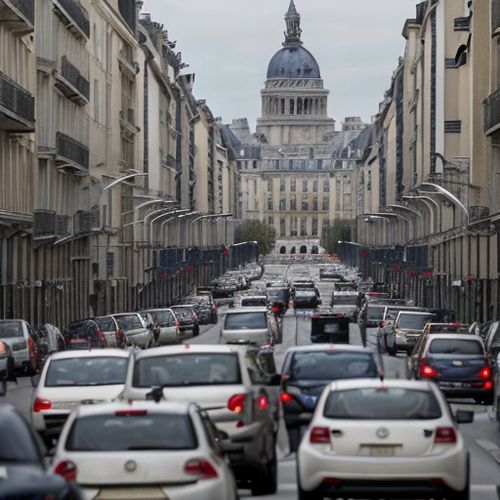
By Natalie Campbell/Apr 11, 2025
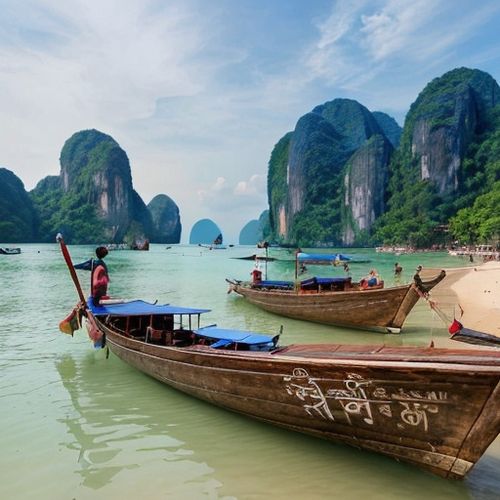
By Emily Johnson/Apr 11, 2025

By John Smith/Apr 11, 2025

By Michael Brown/Apr 11, 2025

By Amanda Phillips/Apr 11, 2025
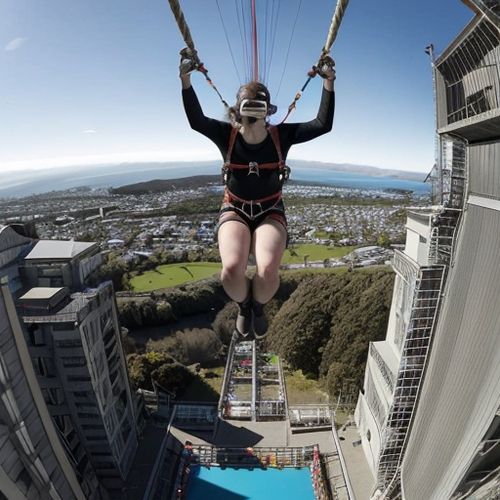
By Joshua Howard/Apr 11, 2025